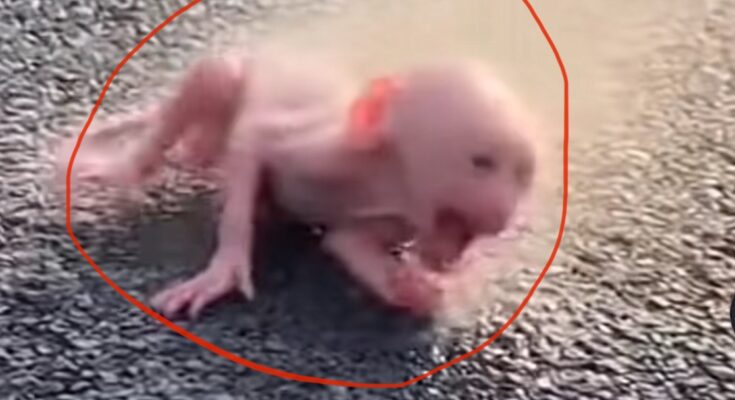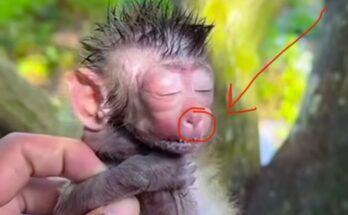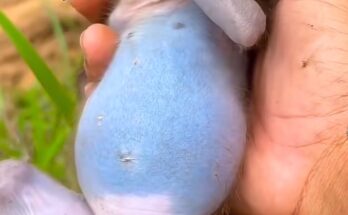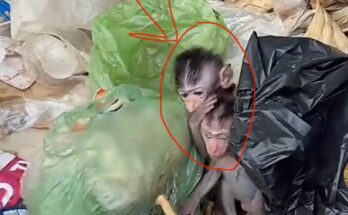In the lush forests of Asia and Africa, where monkeys swing freely from branch to branch, life may seem vibrant and carefree. Yet, beneath the surface of this wild beauty lies a silent killer — fever. For baby monkeys, even a mild fever can be deadly, turning a playful youngster into a frail, motionless creature within hours. Understanding how fever affects these fragile primates is crucial for wildlife conservation and rehabilitation efforts worldwide.
Why Fever Is So Dangerous for Baby Monkeys
Just like human infants, baby monkeys have immature immune systems. Their bodies are still developing the strength to fight off infections caused by bacteria, viruses, or parasites. When they contract an illness, their internal temperature can rise rapidly. Unlike adult monkeys, who can often regulate their body temperature more effectively, babies struggle to cope with high fevers.
In the wild, fever can quickly become fatal because medical intervention is nearly impossible. A baby monkey with fever may stop feeding, lose energy, and separate from its mother. Once isolated, its chances of survival drop dramatically due to dehydration, starvation, or predation.
Common Causes of Fever in Baby Monkeys
Several factors can trigger fever in young monkeys:
-
Infections and viruses: Pathogens such as simian malaria, respiratory infections, or intestinal parasites are common in tropical habitats. These cause inflammation and a dangerous rise in body temperature.
-
Stress and malnutrition: Orphaned or displaced monkeys often suffer from stress-induced immune suppression, making them more vulnerable to illness.
-
Human interference: Deforestation and illegal wildlife trade expose monkeys to human diseases. Even a common cold virus can prove deadly to a baby monkey’s weak immune system.
How Conservationists Fight the Threat
Wildlife rescue centers and sanctuaries play a crucial role in saving fever-stricken baby monkeys. Caretakers monitor temperature changes closely and use rehydration therapy, antibiotics, and temperature regulation to stabilize their condition. In some cases, incubators or heated blankets are used to maintain body warmth until the fever subsides.
Early detection is key. Many centers train staff to recognize the first signs of fever — lethargy, loss of appetite, and glassy eyes — so they can respond before the condition becomes critical. However, for those still in the wild, help often comes too late.
A Call for Awareness
Fever might seem like a small problem in human terms, but in the animal kingdom, it can mean the difference between life and death. Protecting baby monkeys from this invisible danger requires habitat conservation, medical research, and strict regulation of wildlife trade. When we protect their homes and reduce human interference, we give them a better chance to grow strong and thrive.
The next time we see a monkey playfully clinging to its mother, it’s worth remembering how fragile that bond is — and how something as simple as a fever can break it forever.



